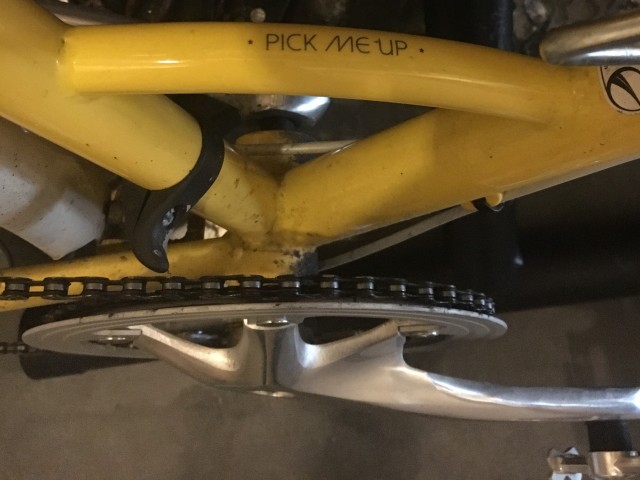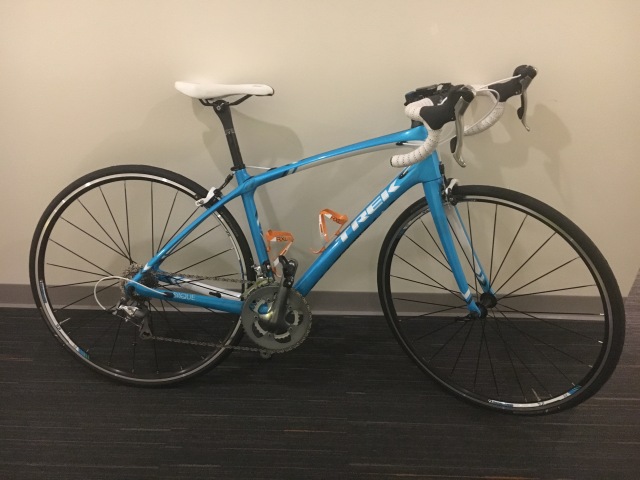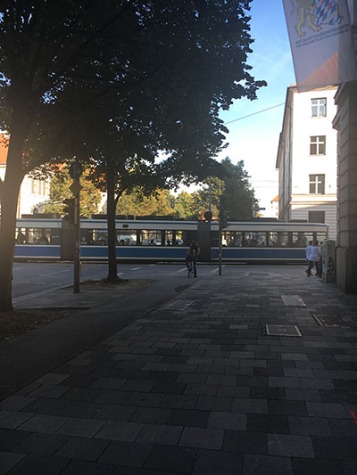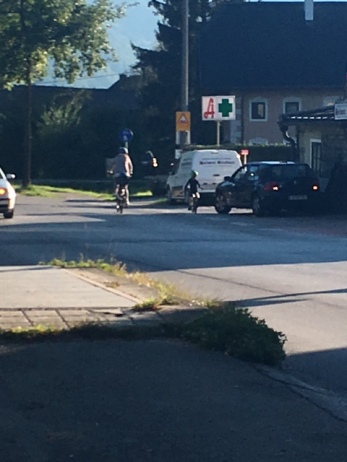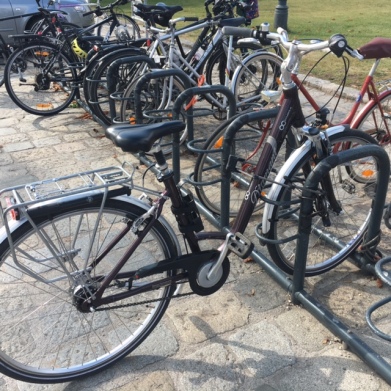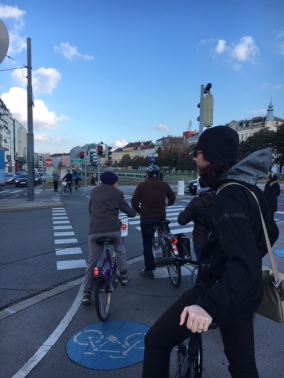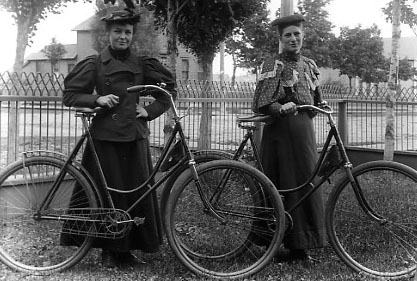I haven’t blogged in over a year and here I am starting with an entry that has nothing to do with bicycles. But not to worry, I’m still interested in bicycles and plan to write about them in addition to my life on a new continent.
When my husband Matt suggested that he try to find a job in Austria, I only half believed that it would actually happen, which made it a lot easier to agree to the idea. Even when he had two job interviews followed by a job offer, I still wasn’t sure we would actually manage to pack up our life and move to another continent, especially with our six-month old daughter and a cat. And yet, here we are.
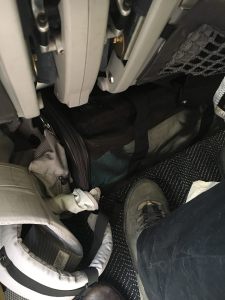
It turns out that neither the baby nor the cat were especially difficult to travel with and that our minor misadventures were not caused by them. Despite having read a friend’s account of successfully moving to Kazakhstan with her cat, I was particularly verklempt about every aspect of moving him. Haakon was fine. He had started sleeping in his travel case before we left and we didn’t hear a peep out of him the entire move. We didn’t even need to sedate him. The most challenging part of moving him was that he had to be alone in our new apartment while we stayed in a hotel. As I type this he’s sitting about two feet away from me, perfectly content.

Moving with the baby was more challenging, not so much because she was all that difficult to travel with but because babies require a lot of stuff. One Mira, plus a diaper bag, baby clothes and other supplies, a travel crib, a car seat, and a stroller adds up to way too much to transport. On a friend’s recommendation I wore her through the airport, which was definitely the correct choice. For one thing, she’s happiest when worn facing out and for another it allowed us to use the stroller to carry many of her supplies that weren’t checked luggage.

We flew from Minneapolis to Newark and from Newark to Vienna. We got to the gate in Minneapolis only a few minutes before families with small children were invited to board. She actually slept most of the first leg of the journey, which was uneventful. Then we got to Newark where we disembarked only to find that we had to walk down a rickety ramp and then up a flight of stairs. I’m not sure how someone traveling in a wheelchair or alone with a baby would have made it. Matt had assistance portaging the stroller, at least.
Then we got to the desk to get boarding passes for our Austrian Air flight, only to discover that United had failed to check us in and we’d lost our seats (though it wasn’t a full flight, so we weren’t in danger of not getting on the plane) and thus the bassinet. While someone contacted Austrian Air to fix our problem a fire alarm randomly went off and continued to blare for several minutes, which only added to the comedy of errors. Fortunately, they were able to move people around, so we were able to get the seats we’d originally been assigned. I highly recommend Austrian Air. United Airlines and Newark airport, not so much.

We didn’t purchase a separate seat, but we did have a tiny baby seat belt to attach to one of our seat belts during take-off and landing. The bassinet looks like some kind of miniature baby prison, but Mira slept in it for several hours. We hired porters in the Vienna airport to help transport us and our massive amounts of stuff. Doing so also meant we skipped the customs line, making it well worth the 100 euros we paid. We left a lot of our luggage overnight at the airport and took a more manageable amount of our possessions to Linz via the train. Fortunately, our new apartment is a four minute walk from the central train station. We were, of course, exhausted, but actually getting from Minneapolis to Linz was far easier than expected. Somehow we even managed to get from the airport to our apartment for a noon appointment at exactly 11:59. Dealing with a jet-lagged baby, however, was a much more challenging experience, but not one worth recounting.
Next up: Everyone in Linz has bikes except for us

